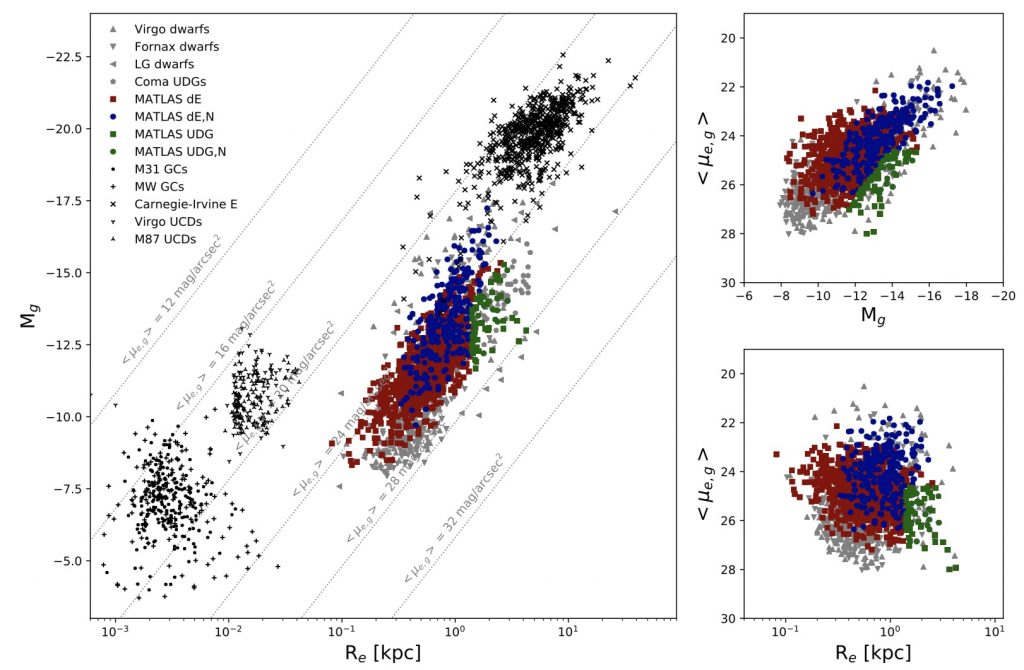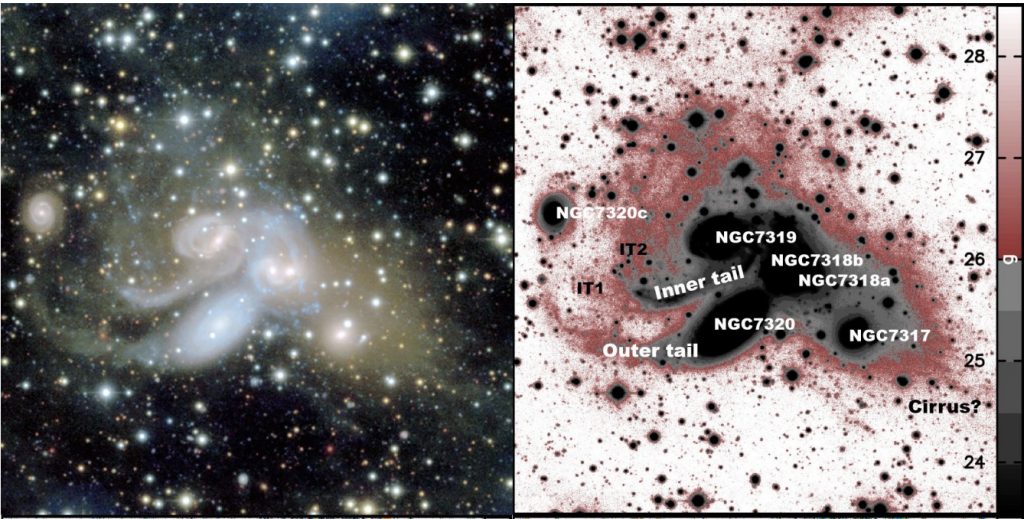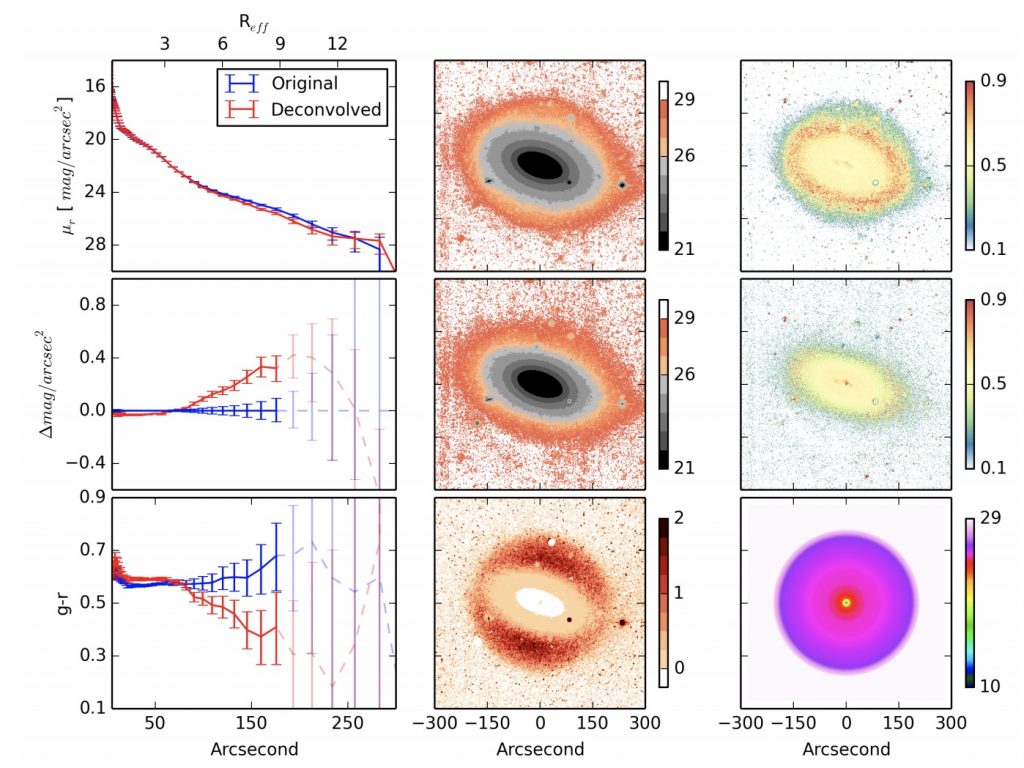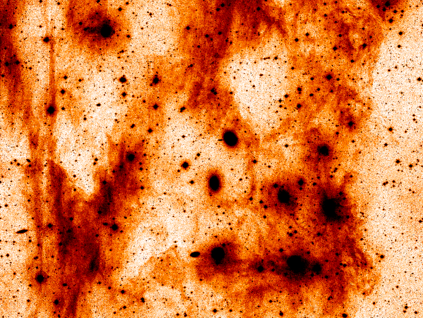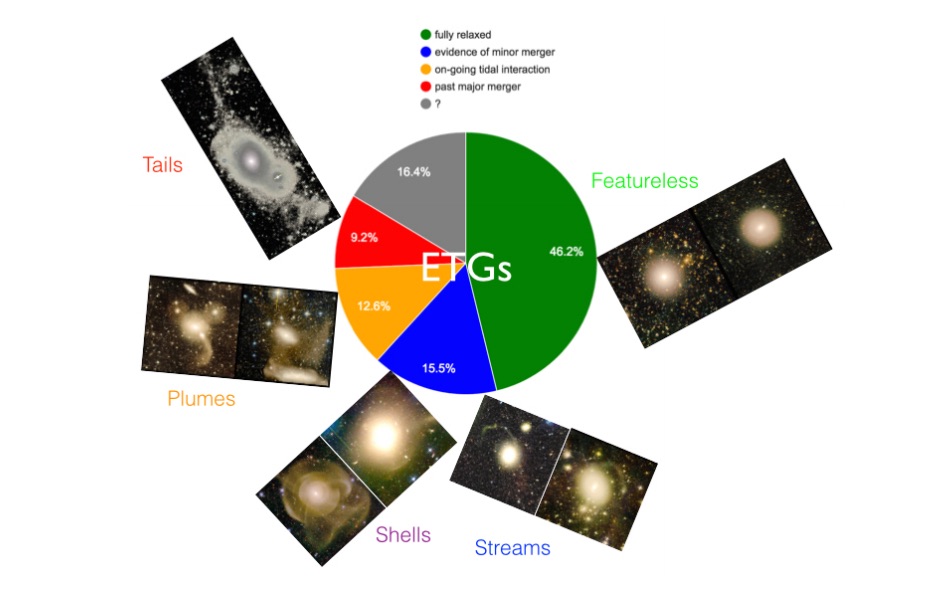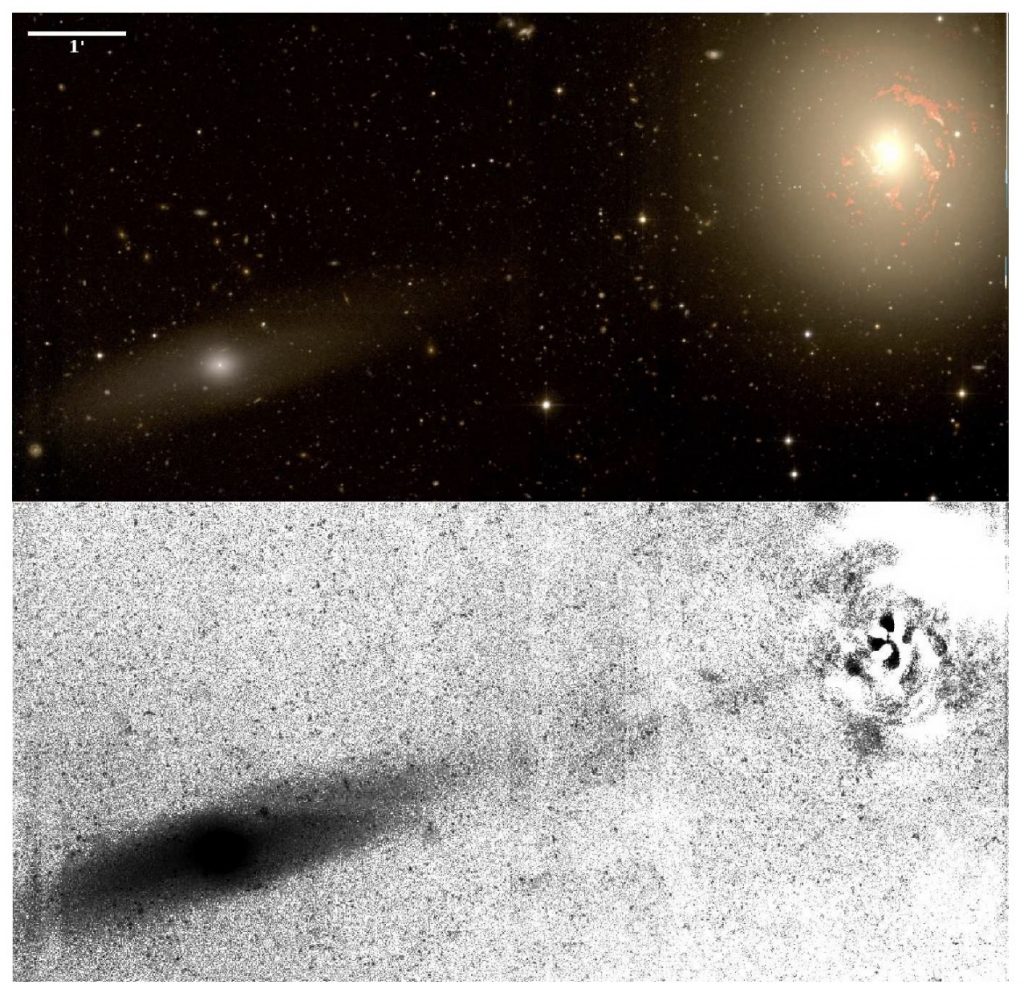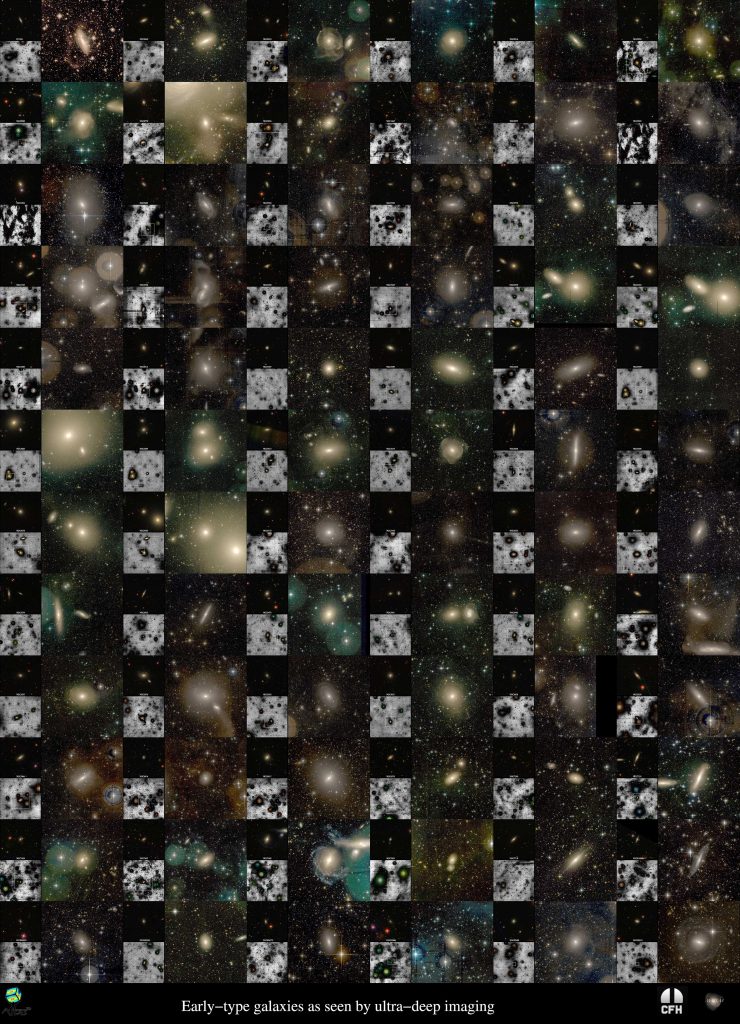
The MATLAS project explores the surroundings of a complete sample of nearby massive early-type galaxies with multi-colour deep optical images obtained at the Canada- France Hawaii Telescope. The observing and data reduction techniques ensured the detection of extended low-surface-brightness (LSB) structures, while the high image quality allowed us to identify associated compact objects such as star clusters. A number of scientific topics are addressed with this data-set that are briefly presented in this review: the study of foreground Galactic cirrus at high spatial resolution, telling us about the ISM structure; the characterisation of collisional debris around the galaxies (streams, tails, shells, stellar halos), giving hints on their past merger history; the distribution of dwarf galaxy satellites, including the ultra-diffuse ones, together with their globular cluster population, which are additional tracers of the formation and mass assembly of galaxies.
Published in IAU S355, The real of low surface brightness universe, La Laguna, 2019


